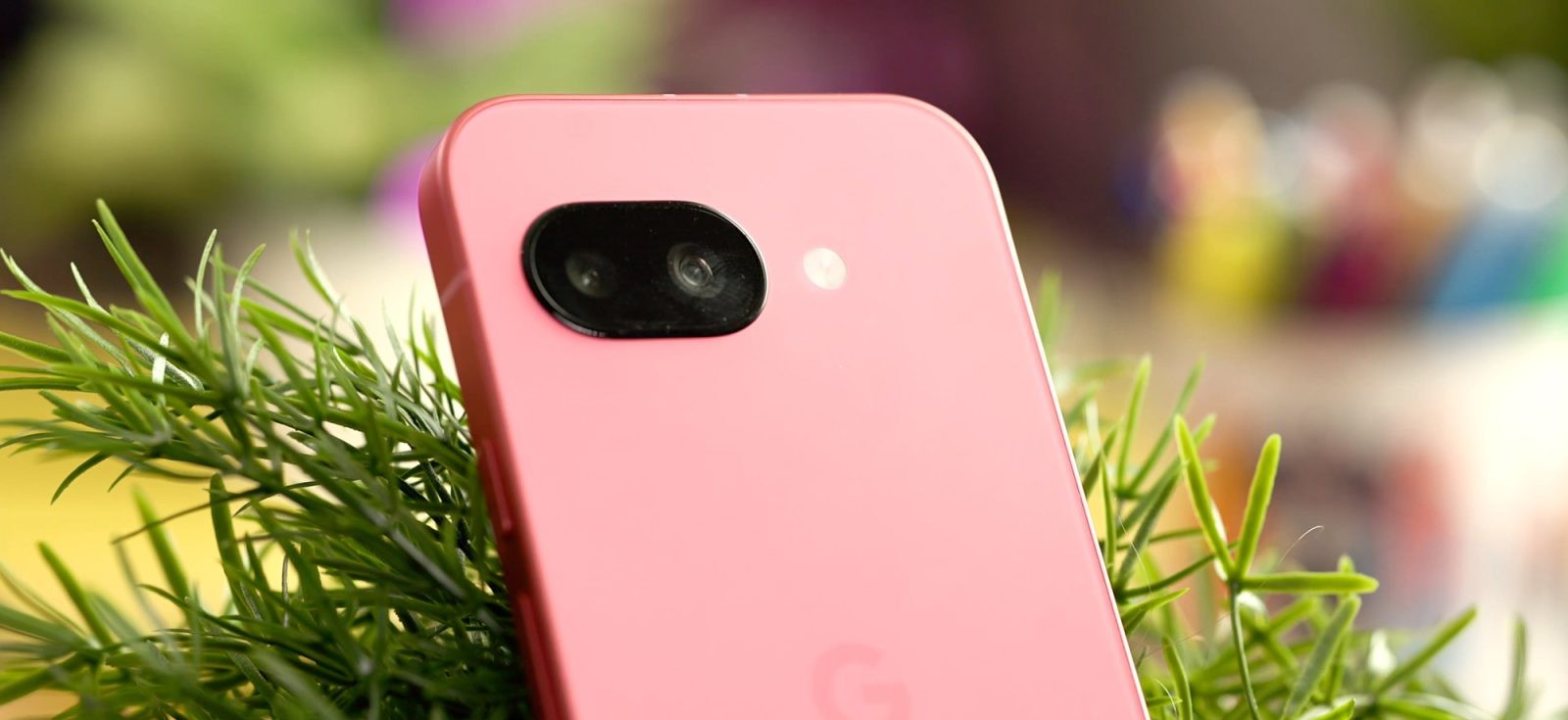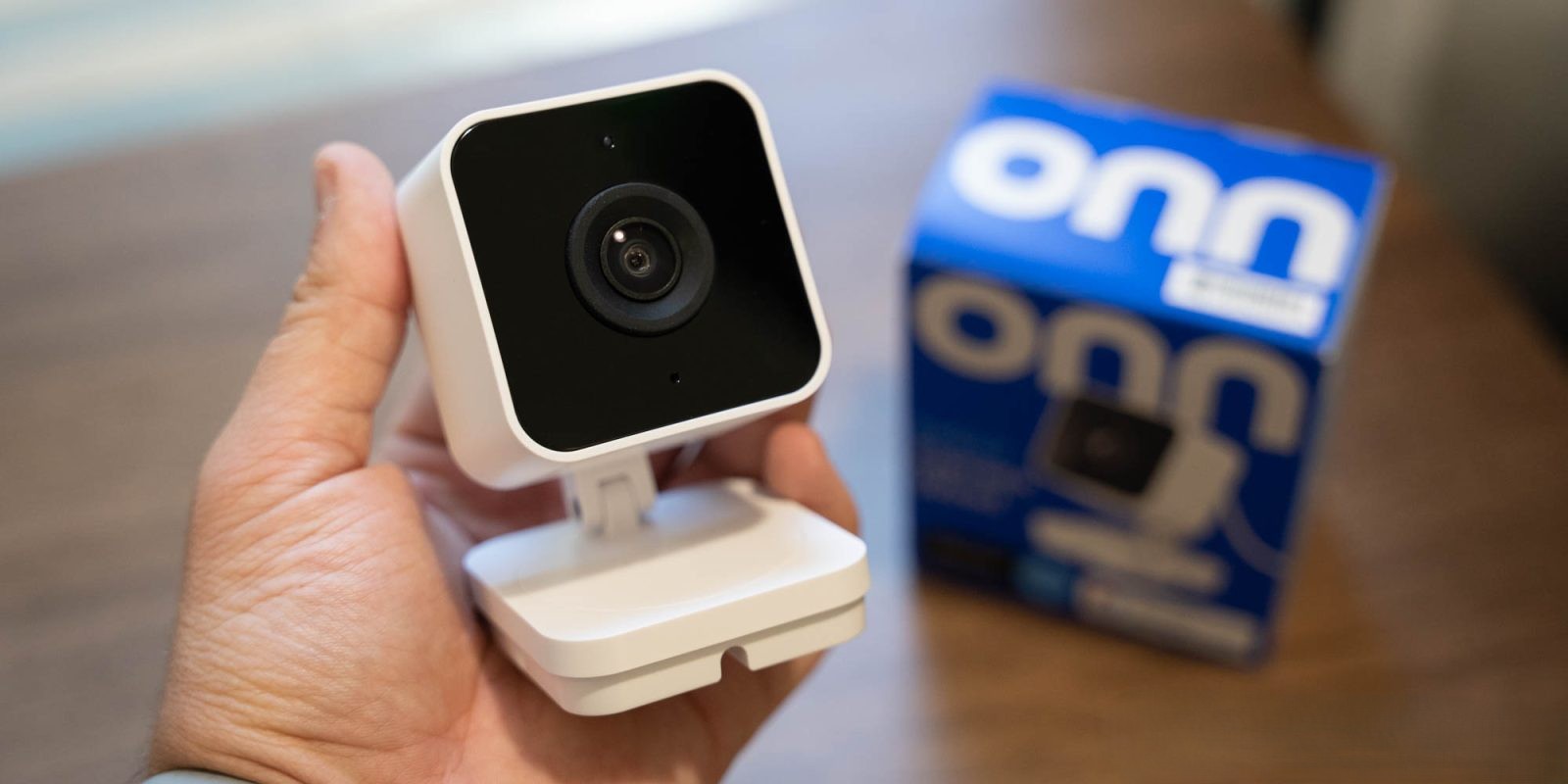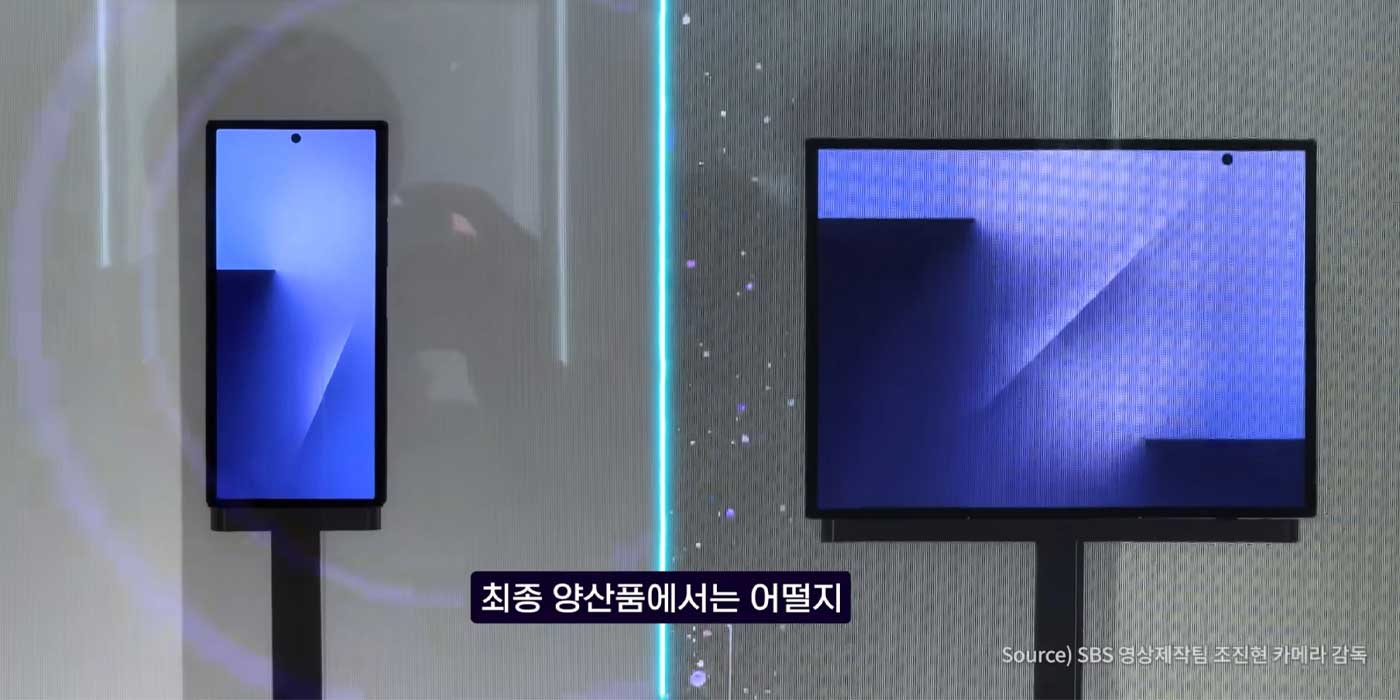Google’s Pixel 9a marks a significant departure from the company’s traditional design language, particularly with the elimination of the iconic camera bar. This design evolution reflects Google’s commitment to innovation while maintaining the essence of the Pixel brand.
Design Evolution
The Pixel 9a introduces a sleek, flat-back design, moving away from the prominent camera bar that characterized previous models. This change results in a more streamlined and modern aesthetic. Google’s design team explored various configurations for the rear camera bump, focusing on form, appearance, and durability. The final design features a minimally domed pill-shaped camera module, balancing visual appeal with practical functionality.
Technical Innovations
A key factor in the Pixel 9a’s design overhaul is the adoption of a thinner plastic OLED (pOLED) display. This advancement not only enhances display quality but also creates additional internal space, allowing for a larger battery and a lower camera placement. Consequently, the camera bump is minimized without compromising the device’s structural integrity. The new pOLED panel also boosts peak brightness from 2,000 to 2,700 nits, improving visibility in various lighting conditions.
Color Palette and Materials
The Pixel 9a is available in four colors: Obsidian, Porcelain, Peony, and Iris. The Iris variant, reminiscent of the fan-favorite Purple-ish colorway from the Pixel 3a, offers a dynamic hue that appears blue or purple depending on the angle. This color choice reflects Google’s attention to aesthetic details that resonate with users.
Camera Capabilities
Despite the design changes, the Pixel 9a maintains the high-quality camera performance synonymous with the Pixel series. It features a 48MP main camera and a 13MP ultrawide lens, supported by advanced AI-driven features like Add Me, which allows users to be included in group photos using AI processing. The camera system also includes enhanced low-light and macro photography capabilities, ensuring versatility across various shooting scenarios. ([tomsguide.com](https://www.tomsguide.com/phones/live/pixel-9a-review-live-blog-performance-cameras-battery-price?utm_source=openai))
Performance and Software
Powered by Google’s Tensor G4 processor and equipped with 8GB of RAM, the Pixel 9a delivers robust performance for everyday tasks and AI functionalities. The device runs on Android 15, offering a user-friendly interface and access to the latest features. Google promises seven years of software support, ensuring longevity and security for users. ([androidcentral.com](https://www.androidcentral.com/live/news/google-pixel-9a-launch-live-blog?utm_source=openai))
Battery Life and Display
The Pixel 9a houses a 5,100mAh battery, providing up to 30 hours of usage on a single charge. The 6.3-inch OLED display offers a 120Hz refresh rate and a peak brightness of 2,700 nits, delivering a smooth and vibrant visual experience. ([los40.com](https://los40.com/2025/04/10/pixel-9a-el-telefono-economico-de-google-busca-el-trono-de-la-gama-media/?utm_source=openai))
Market Position and Pricing
Priced at $499, the Pixel 9a offers exceptional value, especially when compared to competitors like the iPhone 16e. Its combination of design, performance, and affordability positions it as a strong contender in the mid-range smartphone market. ([tomsguide.com](https://www.tomsguide.com/phones/live/pixel-9a-review-live-blog-performance-cameras-battery-price?utm_source=openai))
Conclusion
The Pixel 9a exemplifies Google’s ability to innovate while staying true to the core principles that define the Pixel series. By reimagining the camera design, enhancing technical specifications, and offering a compelling color palette, Google delivers a device that appeals to both long-time fans and new users seeking quality and value.



